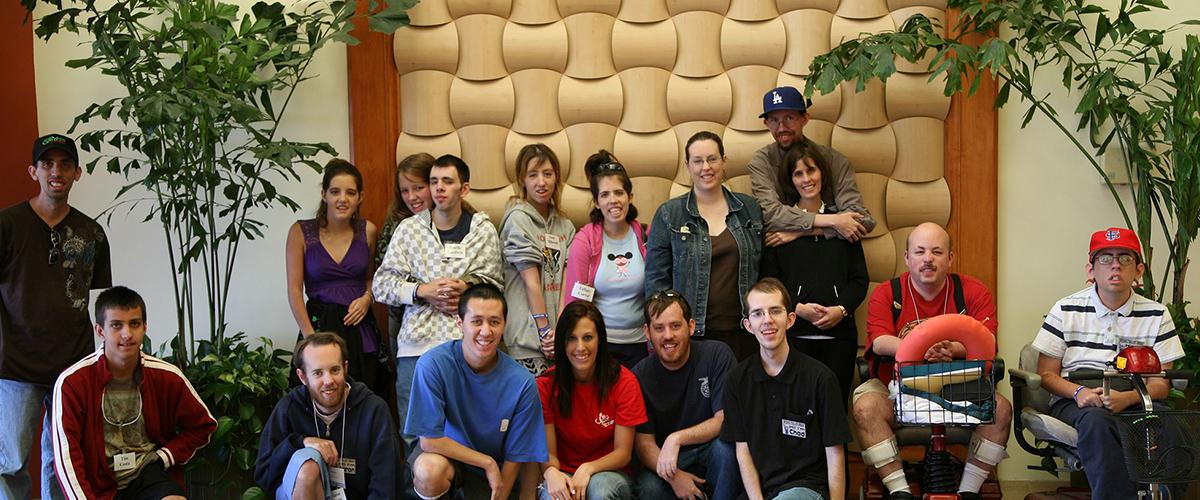Strategies for developing gene-targeted therapeutics have been the subject of both objective scientific research and subjective hype. While establishing that mice with ‘neurological disorders’ have more treatment options than ever before, too few candidate therapeutics have translated into safe and effective therapies for patients. It’s important to remember that the mouse disease models are not human and do not actually have the human disease.
Hype Versus Reality
Following positional cloning-based discovery of many disease genes in the 1980-90’s, gene therapy cures were thought to be ‘just around the corner’ by both scientists and affected families. The predicted golden age of gene therapy did not happen as issues of transgene, vector, efficiency of delivery, immune response, manufacturing scale-up and others had to be confronted and resolved. The promise is indeed there, as one disease where several of these issues are not as acute (e.g., Luxturna for a class of hereditary retinal dystrophies) now has FDA marketing approval.
Genome editing is now hyped as the new panacea for inherited diseases, although we know that many of the barriers to gene therapy still exist and must be addressed for genome editing to be effective and safe.
AAV vectors represent a major delivery vehicle for both gene therapy and genome editing. Recent safety concerns (Hinderer et al., 2018) with the high AAV doses needed for systemic delivery may or may not be generalizable or replicable. Thorough GLP safety studies and in-trial monitoring are essential for indications that require higher ranges of dosing to achieve body-wide delivery.
While concerns about immune response to viral capsid, transgene or protein product have had center stage throughout the development of gene therapy, the potential for cell and humoral immunity to the key genome editing reagent, Cas9, has recently emerged (Charlesworth et al., 2018).
All stakeholders share a desire to rapidly move emerging technologies toward approved and marketed therapies. While those efforts can and should go forward, it’s clear that continued preclinical efforts to understand and improve these technologies are essential.
Success Will Be About the Process and Tools
Academic and corporate researchers have focused on driving therapy development for specific indications. AveXis, for spinal muscular atrophy, and several companies for Duchenne muscular dystrophy are either already in or soon to be in the clinic. Knowledge gained from these efforts simply cannot be silo’ed with a specific disease. We must learn the lessons that emerge and use these to improve the general process and tools for developing genetic-based therapeutics. The critical gaps include optimized genome editors, specifically targeted delivery systems and more predictive animal models and studies.
MDF is launching a genome-editing program for DM1 by first seeking expert advice on current knowledge/experience gained for the process and tools used in any disease indication. Using these lessons to guide early stage discovery and development efforts will help optimize the path that the program follows.
Likewise, the NIH has recognized that success in genome editing is about optimizing the process of therapy development and the tools used for go/no-go decision-making. Thus, the NIH Common Fund, a cross-institute effort, has launched six new Funding Opportunity Announcements aimed at optimizing gene editing. Rather than supporting disease-specific projects, these initiatives focus on process and tool development, including: development of reporter systems for somatic cell genome editing in small and large animal models, development of platforms for safety screening, developing new genome editing reagent delivery platforms, development of novel genome editing systems, and establishment of a center disseminate and coordinate the use of genome editing tools, delivery systems, animal models and biological assays.
MDF encourages those interested in applying gene therapy and genome editing technology to therapeutic development for myotonic dystrophy to consider the broader platform of technology research and lessons learned in order to ensure the strongest rationale behind those candidate therapeutics that progress to the clinic. Gene therapy and genome editing show considerable promise for myotonic dystrophy provided that technology and delivery are optimized and efficacy and safety milestones guide their development.
References:
Severe toxicity in nonhuman primates and piglets following high-dose intravenous administration of an AAV vector expressing human SMN.
Hinderer C, Katz N, Buza EL, Dyer C, Goode T, Bell P, Richman L, Wilson JM.
Hum Gene Ther. 2018 Jan 29. doi: 10.1089/hum.2018.015. [Epub ahead of print]
Identification of Pre-Existing Adaptive Immunity to Cas9 Proteins in Humans
Charlesworth CT, Deshpande PS, Dever DP, Dejene B,Gomez-Ospina N, Mantri S,Pavel-Dinu M, Camarena J, Weinberg KI, Porteus MH.
bioRxiv. 2018 doi: https://doi.org/10.1101/243345

